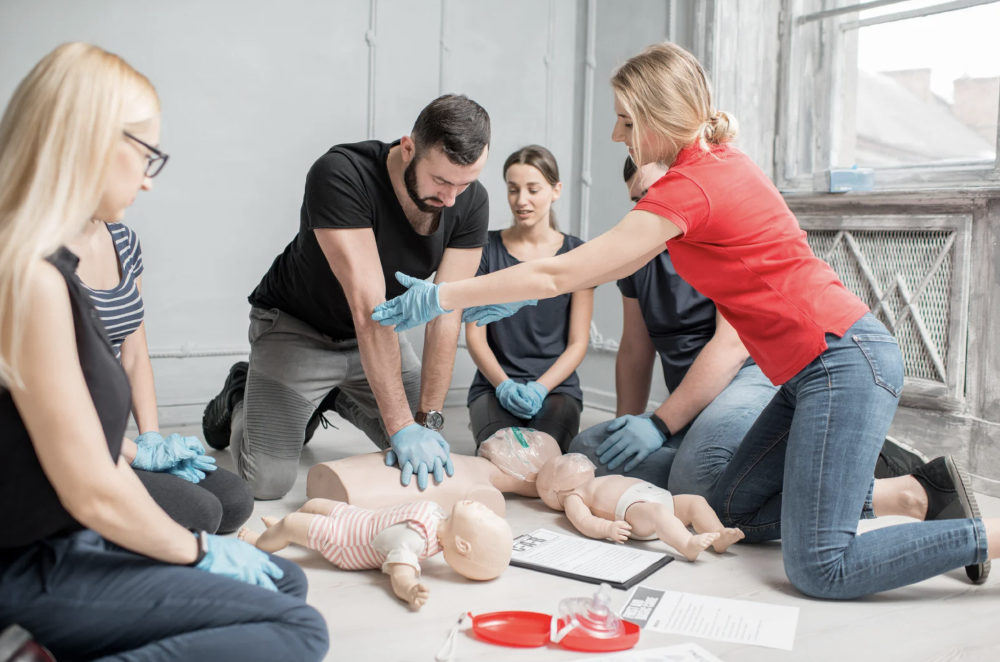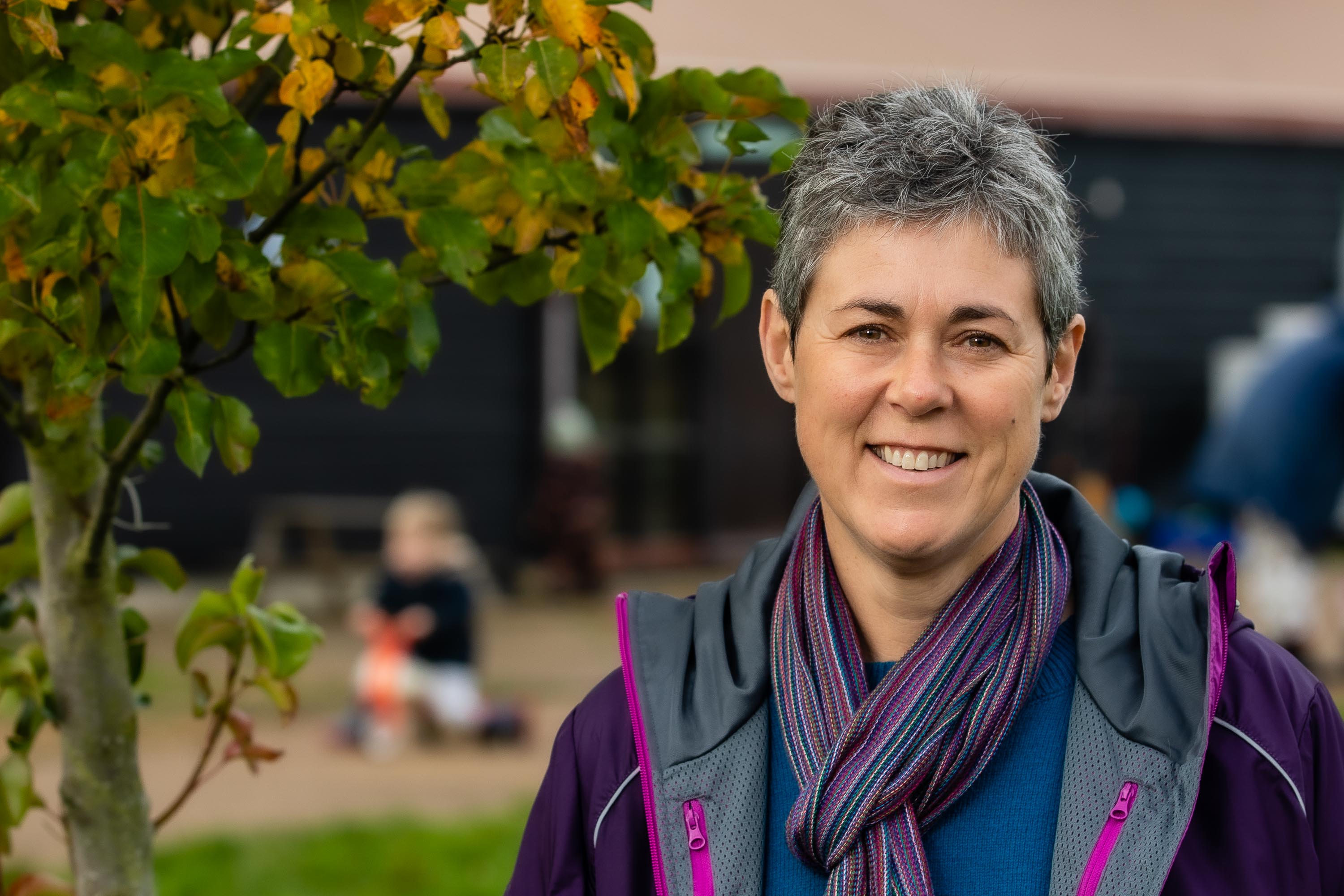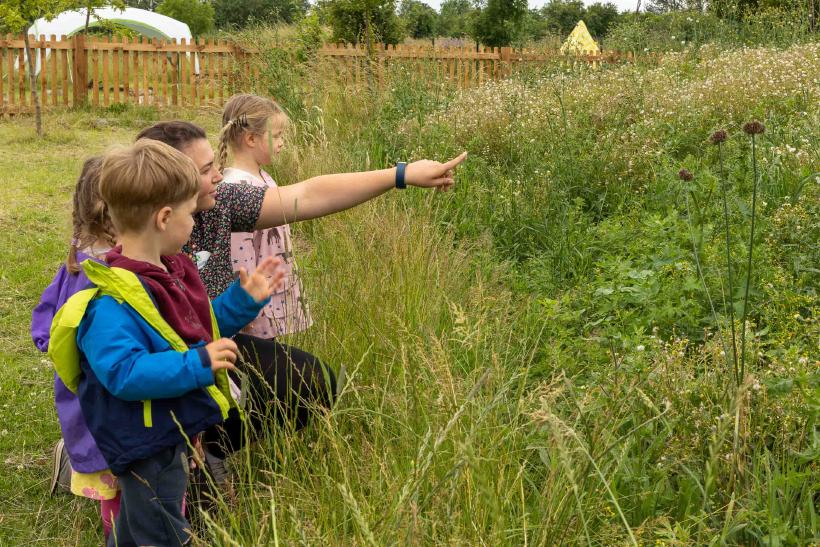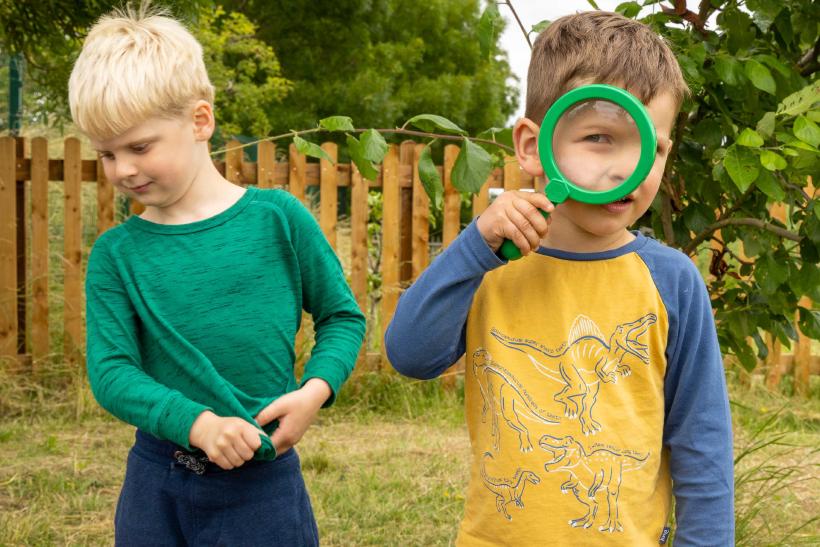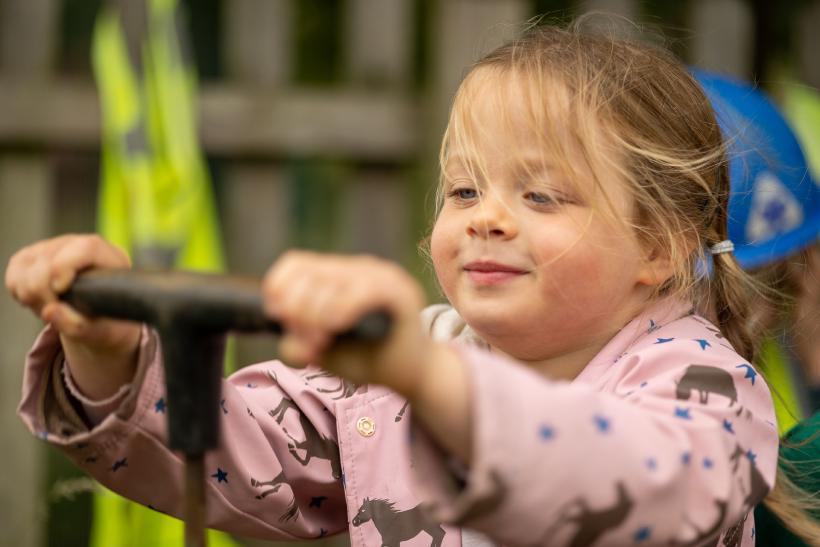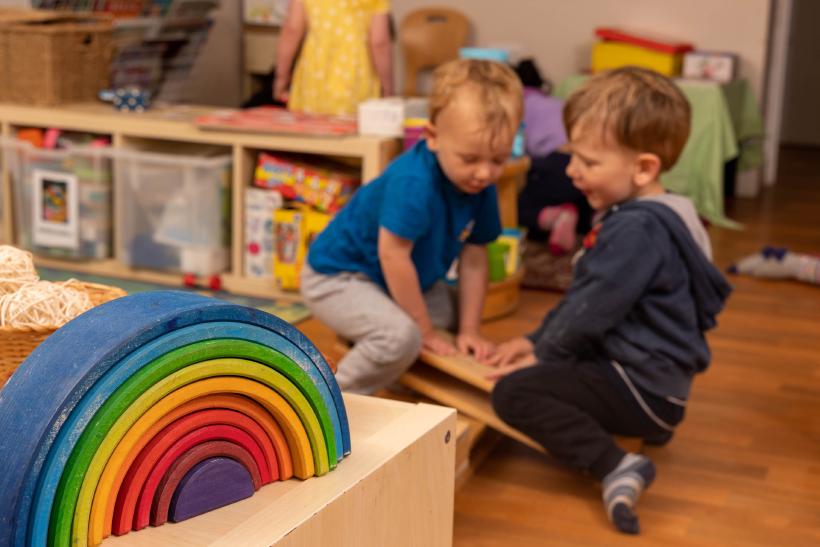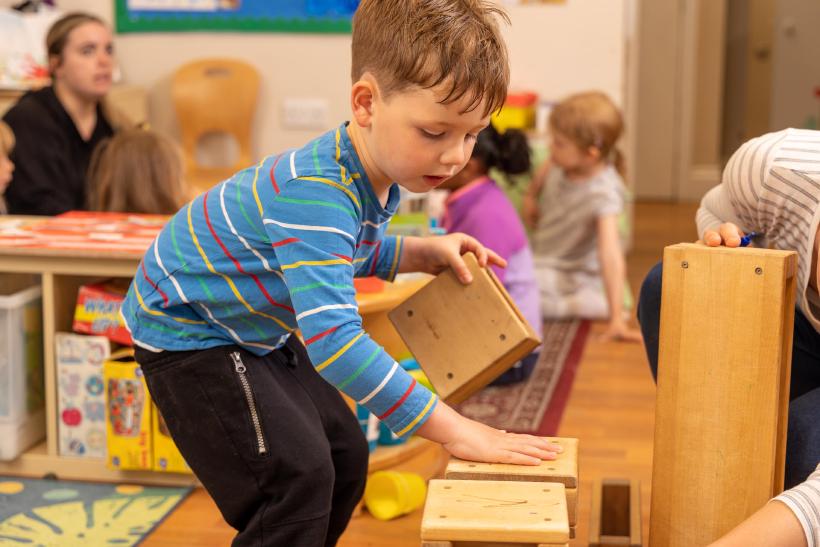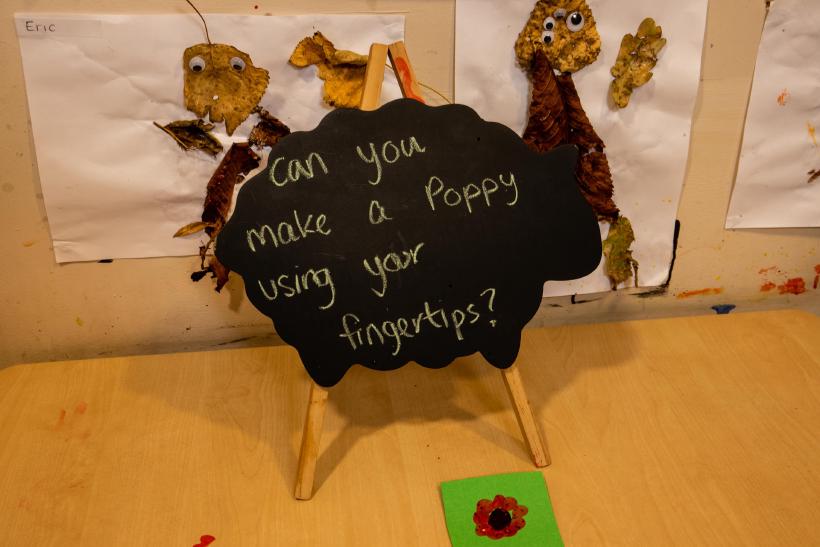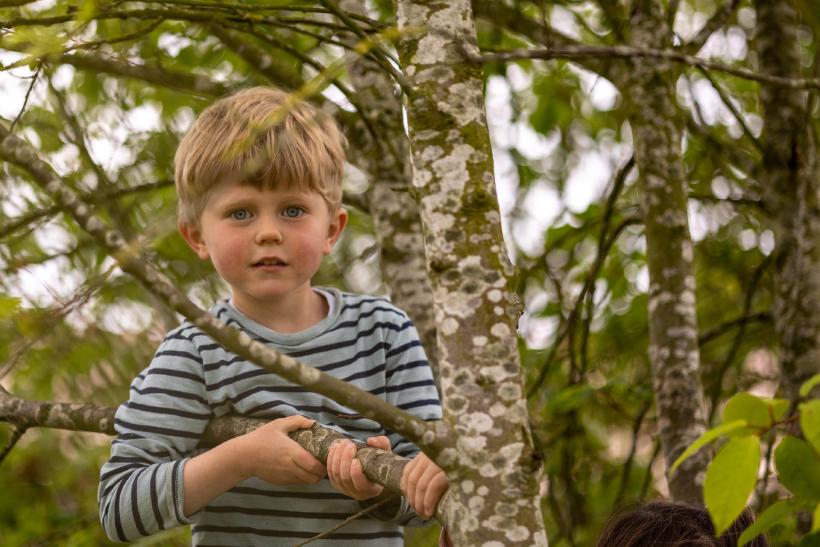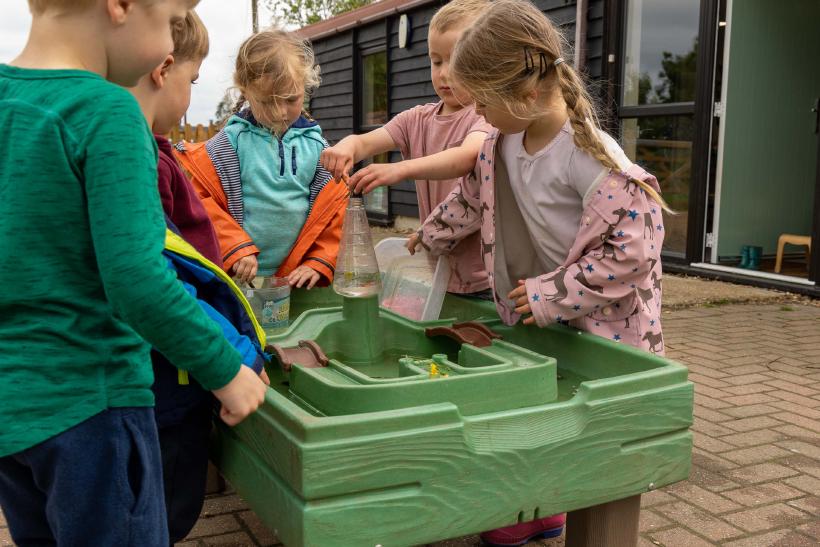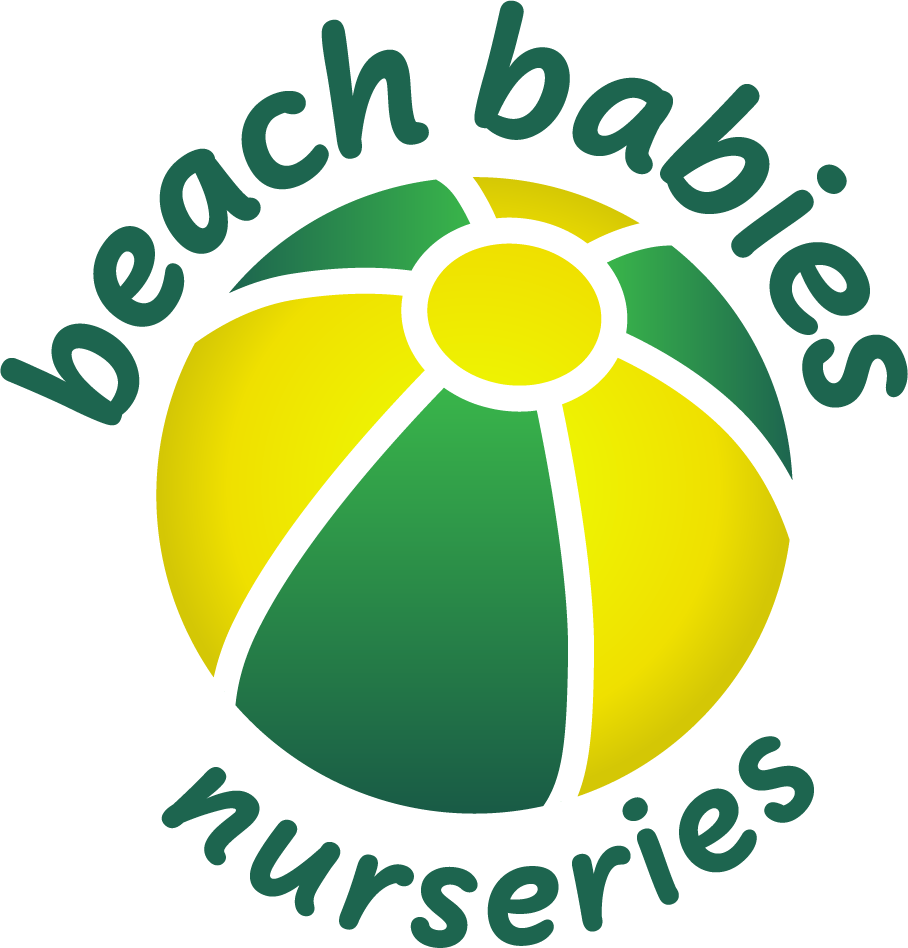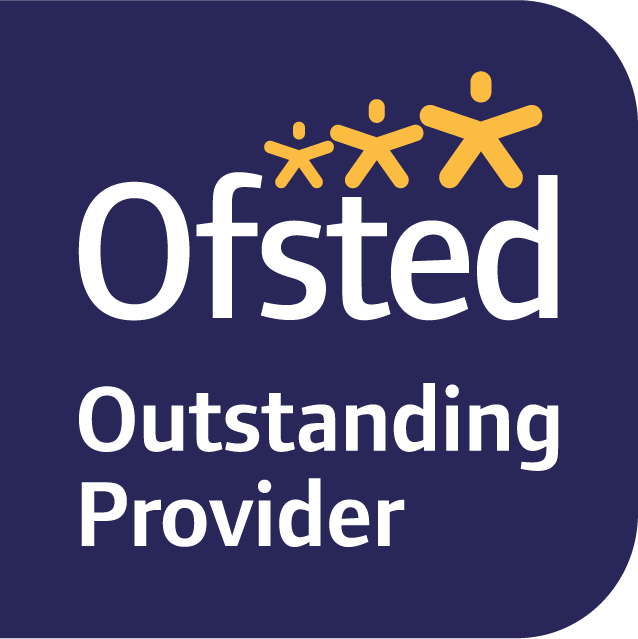My reason for writing this deeply personal blog is in the hope that you will do some first aid training. I’d highly recommend doing a first aid course, but if you need a quick refresher, these videos are a great place to start:
How to do CPR on an Adult - First Aid Training - St John Ambulance
How to do Child CPR - First Aid Training - St John Ambulance
You don’t need to be a teacher, nursery worker, or emergency services professional to do first aid. It’s the sort of thing everyone should learn how to do. Situations like this can easily crop up when you’re the first person there to help.
As a childcare professional, I renew my first aid training every three years. The content is mostly the same, but each refresher boosts my confidence that I’d know what to do if an emergency arose. And, like most people, I always hoped I’d never need to use it.
But I did…..
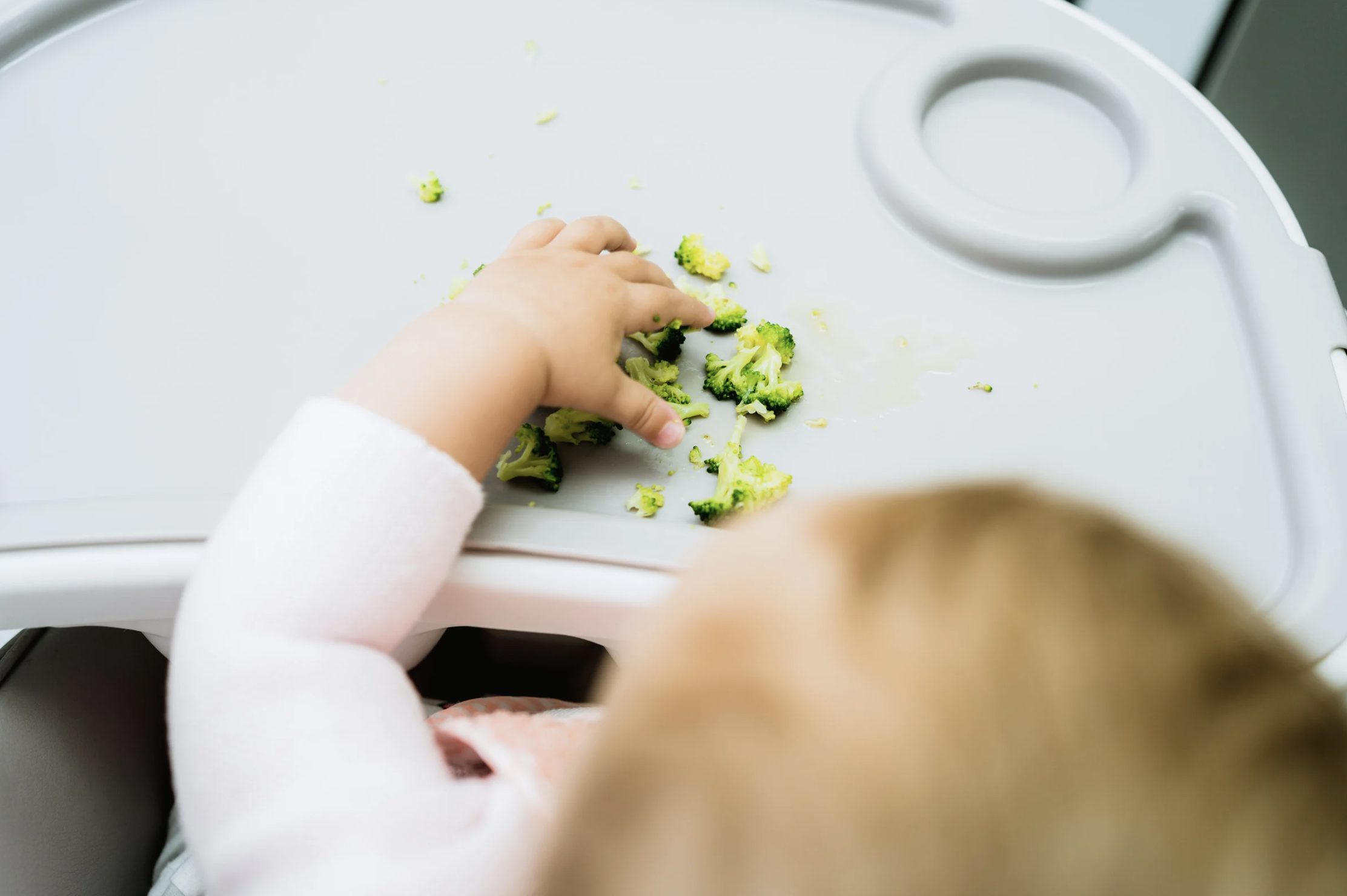
Choking can happen in seconds and is silent
(The following references a child choking – please continue with caution)
At Beach Babies, our chefs carefully prepare snacks and meals in safe, bite-sized pieces, and our team ensure children eat one piece at a time.
A few years ago, during snack time, a small child chewed, coughed and breathed in a piece of fruit. This completely blocked their airway. The team acted fast, checking their mouth, using back slaps, but the blockage remained. Then the child lost consciousness.
I immediately started CPR, and thankfully, the force helped dislodge the fruit just enough for them to start breathing again. After some hospital treatment, they made a full recovery and still love their food.
Without first aid training, I don’t know if that child would be here today.
Would you know what to do if this happened in your home?
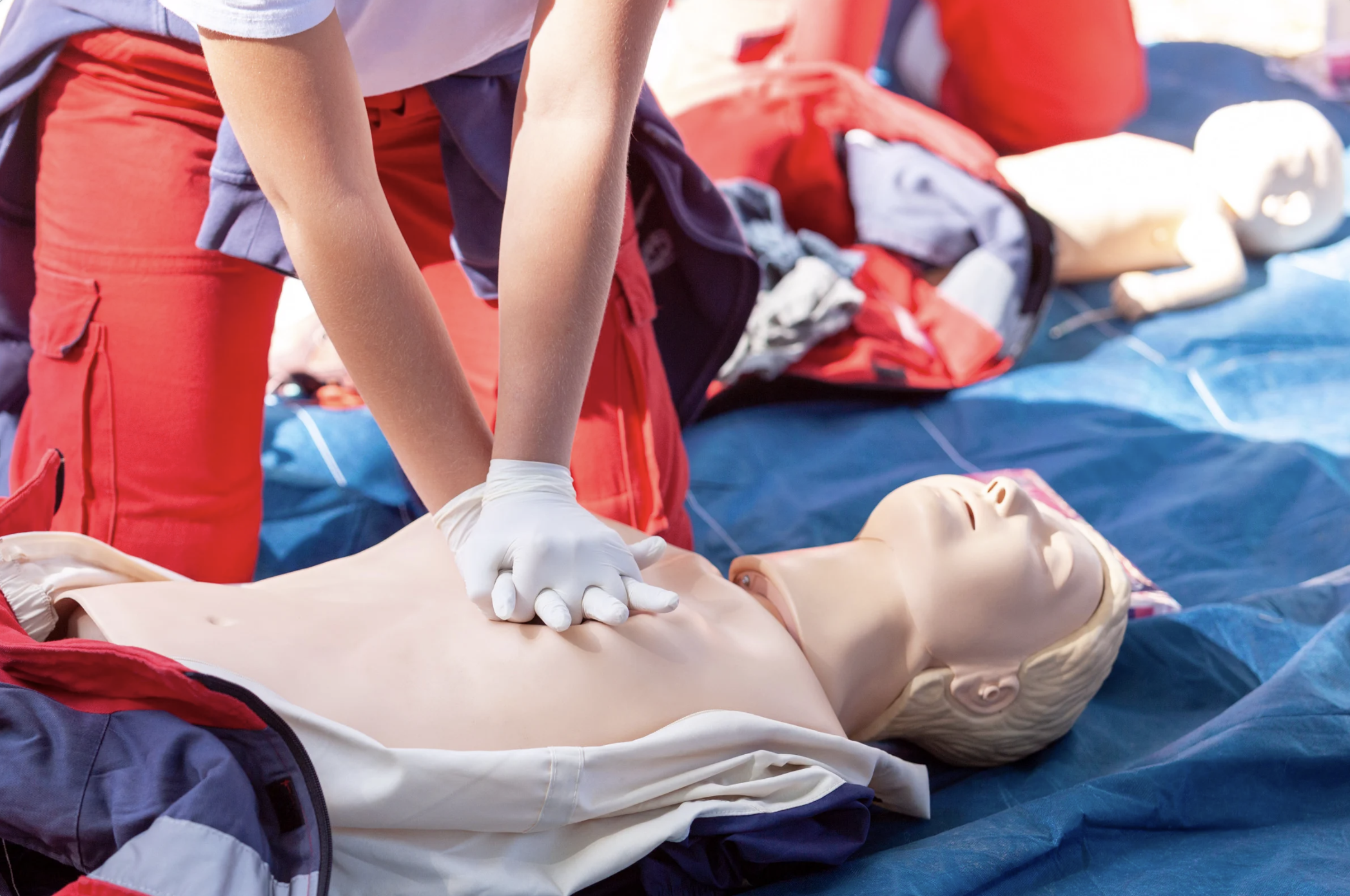
Near drowning
I assumed I would never need to use my first aid training to that extent again.
But I did…..
Fast forward to January this year, and I did. My husband and I were on holiday with my mum. My fit, active and independent mother was enjoying a swim in the pool. Suddenly, my husband looked up and saw her floating face down in the water, not moving.
Instinct took over and I jumped in and pulled her to safety and immediately began rescue breaths. She started breathing again, although we did have to repeat the rescue breaths when she stopped a few minutes later.
To cut a long story short, after additional CPR in A&E and a stay in hospital, she has recovered.
Without first aid training, I don’t think my mother would be alive today.
Be prepared
I don’t share these to scare you, but in the hope that if the unthinkable happened, you’d be prepared.
You don’t need to be a doctor to save a life, you just need to be prepared.
Tracy
Top tips
- For an adult, start with chest compressions because, unless they are pulled from water, the most likely reason for their collapse is a cardiac incident.
- For a child or drowning victim, start with rescue breaths to get some air into their lungs.
If you forget the numbers and orders, don’t panic. Doing something is better than nothing.
